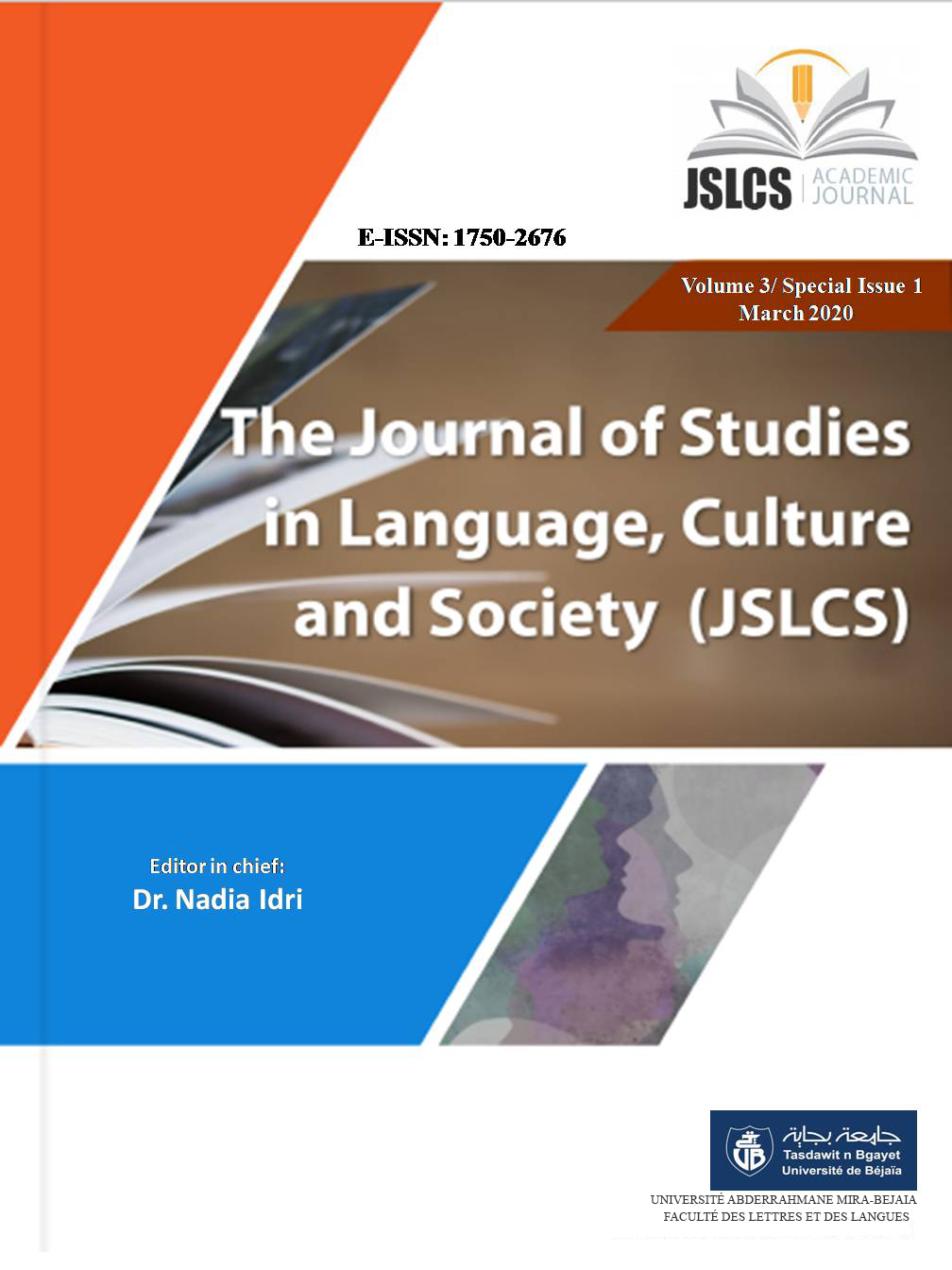Action Research on Integrating a Blended Learning Reading Course in Higher Education
Keywords:
action research, academic achievements, blended learning, EFL learners, face-to-face Instruction, higher education, online learningAbstract
Adopting a Blended learning approach in higher education is often a daunting task mainly if the e-learning based instruction model is not approached for fear of obstacles that may hinder rather than advance the teaching/learning process. Developing reading skills with learners necessitates the continuous integration of multiple teaching methods and strategies. Students’ tendency for information and computer technologies encouraged the teacher-researcher to think about blending face-to-face with online instruction in the design of a reading course. This action research project was used to answer the question – how does blended learning environment impact students’ academic performance and learning engagement within the class? Accordingly, this study describes a research utilizing blended learning approach to teach reading to second year students at the Ecole Normal Supérieure “Assia Djebar” of Constantine (ENS). The intervention was designed to fit into individual lessons needed to improve students’ reading skills mainly summarizing and responding to narrative texts and to get through their personal blended learning experience. Results of this action research may help to prove whether or not the blended learning approach has a positive impact on students’ academic achievements and learning attitudes. This is to provide solutions to the teaching/learning impediments when this approach is adopted at a tertiary level education.
References
Arora, C. (2017). Action research in schools and utility for teachers. International Journal of Education and Multidisciplinary Studies, 6(2), 163-167.
Behjat, F., Yamini, M., & Sadegh Baghri, M. (2012). Blended learning: a ubiquitous learning environment for reading comprehension. Distance Education, 27 (2), 249-264.
Bonk, C.J. & Zhang, K. (2006). Introducing the R2D2 Model Online Learning for the Divers Learners of the World. Distance Education, 27(2), 249-264.
Caner, M. (2012). The Definition of blended learning in higher education. In Panagiotes, A. (ed). Blended Learning Environments for Adults: Evaluation and Frameworks , IGI Global, pp. 19-34.
Dennis, A. Bichelmeyer, B., Henry,D., Kakir,H., Korkmaz, A., Watson, C. ,& Bunnage,J. (2006). The Cisco networking academy: A model for study of students’ success in blended learning environment. In Bonk, C. J. & Graham, C. R. (Eds.), Handbook of Blended Learning: Global Perspectives, Local Designs. (pp.120-135). John Wiley & Sons, Inc.
Ghazizadeh, T., & Fetemipour, H. (2017). The effect of blended learning on EFL learners’ reading proficiency. Journal of Language Teaching and Research, 8(3), 606-614.
Hoadjili, A.C, & Mehiri, R. (2015). The integration of e-learning in Algerian tertiary level: The case of Biskra university. Revue de Traduction et Langue, 14(1), 77-91.
Kaur, M. (2013). Blended learning: Its challenges and future. Procedia Social and Behavioral Sciences, 93, 612-617.
Krasnova, T.I., & Ananjev, A. (2015). Students’ perception of learning in the online discussion environment. Mediterranean Journal of Social Sciences, 6(6), 202-207.
Krasnova, T.I., &Vanushin, I.S. (2016). Blended learning perception among undergraduate engineering students. IJET, 11(1), 54-56.
Lalima.,& Dangwal, K.L. (2017). Blended learning: An innovative approach. Universal Journal of Education Research, 5(1), 129-136.
Martin. A., & Madigan. D. (2006). Digital literacies for learning. London: Facet Publishing.
Littlejohn, A., & Pegler, C. (2007). Preparing for blended e-Learning. Taylor & Francis Group
McDonough, J., & Shaw, C. (2003). Materials and methods in ELT: A teachers guide (2nd Edition). Blackwell Publishing.
McNiff, J., & Whitehead, J. (2010). You and Your Action Research Project. (3rd ed). Tylor & Francis Group.
Norberg, A., Dziuban, C., & Moskal, P. (2011). A time based blended learning model. On the Horizon, 19(3), 207-216
Rovai, A.P., & Jordan, H.P. (2004). Blended learning and sense of community: A comparative analysis with traditional and fully online graduate courses. International Review of Research in Open and Distance Learning, 5(2), 1-13.
Tang, J. (2013). The research on blended learning of ESL based on Moodle platform. Studies in Literature and Language, 6(2), 30-34.
Yang, Y.F. (2012). Blended learning for college students with English reading difficulties. Computer Assisted Language Learning, 25 (5), 30-34.
Yuen, Allan, H.K. (2010). Blended learning in higher education: An exploration of teaching approaches. In Wong et al., (eds). Proceedings of the 18t International Conference on Computers in Education, (pp. 623-630). Putrajaya, Malaysia: Asia-Pacific Society for Computers in Education.
Zehedi, Z., & Tabatabaei, O. (2015). The effect of blended teaching on reading strategy use by Iranian EFL learners. International Journal of Foreign Language Teaching and Research, 13(11), 25-38.








